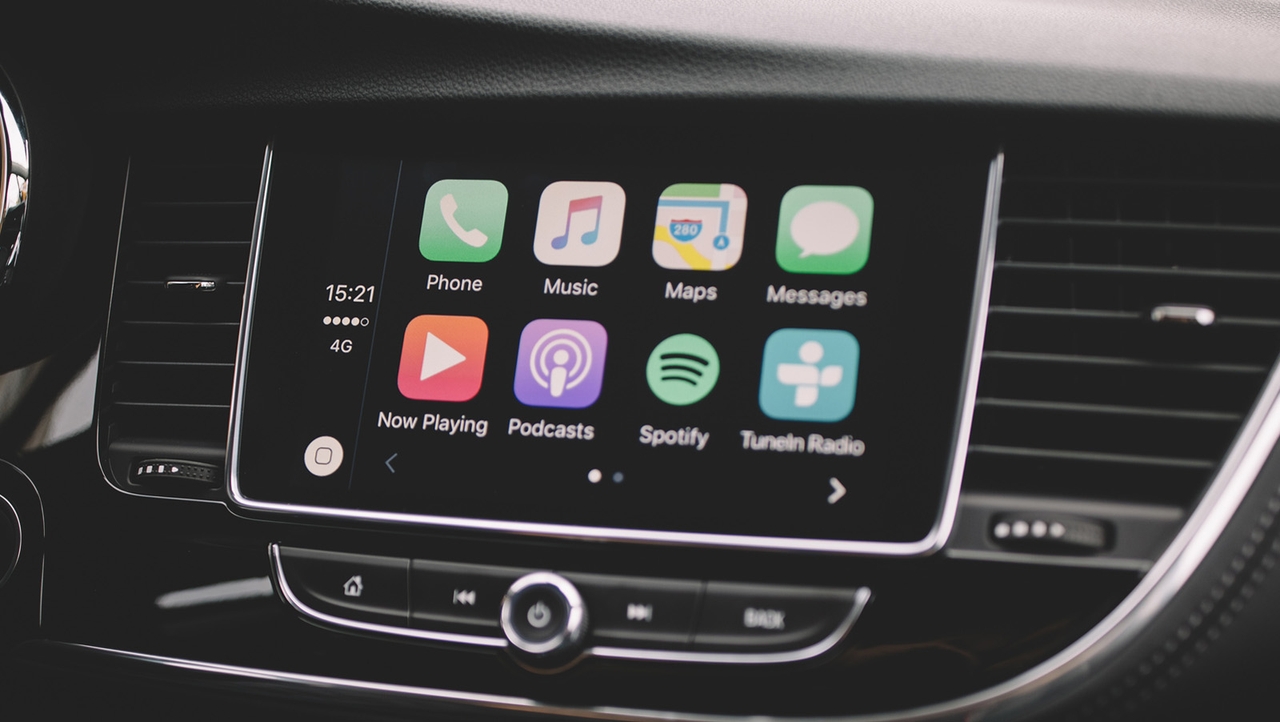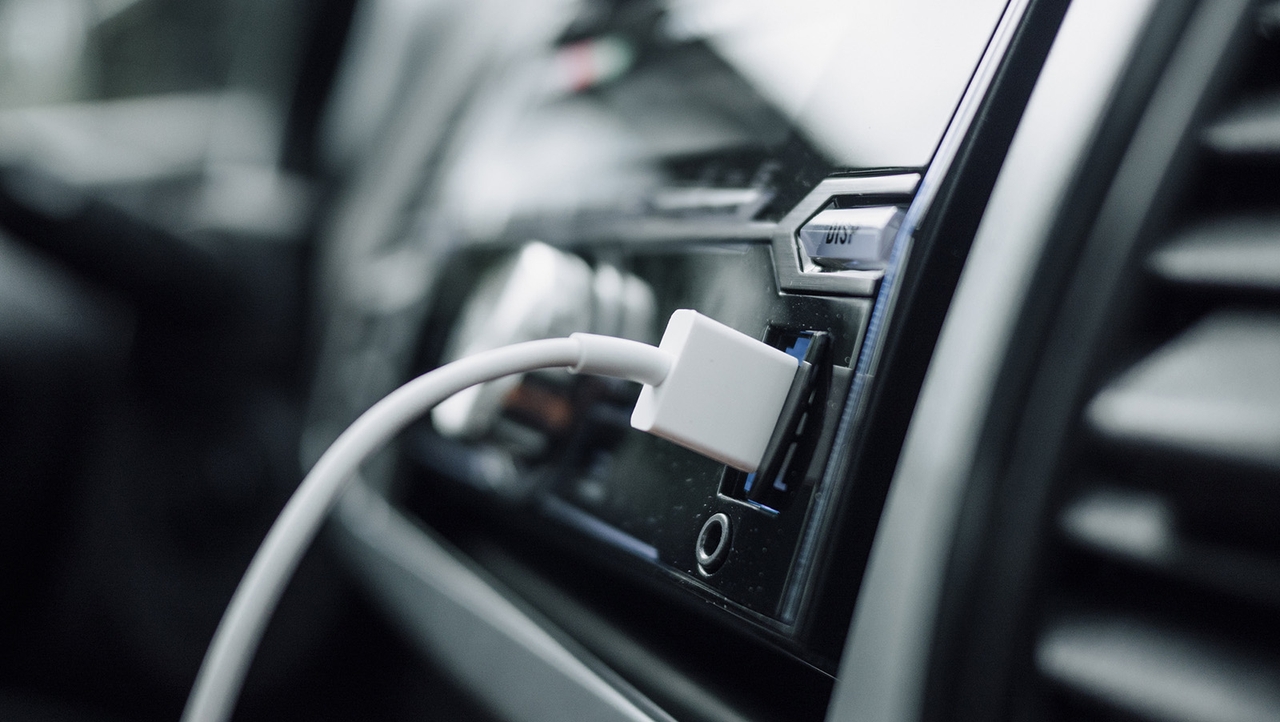Almost all cars now have infotainment systems – from affordable hatchbacks to top-end luxury cars. This guide talks you through what they are and how they work
Once the preserve of high-end and luxury cars, infotainment systems are now available in almost every model of car on sale. These all-in-one setups usually incorporate several different digital functions into one unit, granting you access to information and entertainment services while you’re on the move.
This guide will talk you through what an infotainment system is, what services are usually included, and which versions we think are the best.
What is an infotainment system?

The word infotainment is a slightly clumsy combo of ‘information’ and ‘entertainment’, and aims to describe the broad range of talents these systems usually have. They’ve mostly replaced the stereo systems and driver information displays found in older cars by unifying these functions into one setup.
Generally, your infotainment system can be accessed through a screen in the middle of the dashboard – invariably, these screens use touchscreen controls so you can navigate their various menus. More recent models have taken to adding even more screens, often replacing the driver’s dials with a screen, or putting one or two displays on the rear bench for back-seat passengers. Regardless of how many screens are used, they all connect to the same infotainment system and have mostly the same functions.
What features are included in an infotainment system?

Infotainment systems usually include a suite of features aimed at making your journey easier or more comfortable. The most common include:
- Sat nav – this system uses GPS satellites to work out exactly where the car is on the planet and plot that position on a map. From there, it can work out the fastest or most direct route for you to take to a destination, and track your live location every step of the way. Many cars still include a built-in sat nav system even though smartphone mirroring means they’re now a little redundant
- Bluetooth phone connectivity – this allows your phone to connect wirelessly to your car. Bluetooth supports several different functions including hands-free calling with the audio going through the car’s built-in speaker and microphone, or messaging with your texts being read out via the infotainment system
- Smartphone mirroring – you can think of smartphone mirroring as a much more advanced version of Bluetooth that allows you to access certain apps from your smartphone through your car’s infotainment screen. The most common mirroring systems are Apple CarPlay and Android Auto, and most manufacturers include these for free in their infotainment systems. This is handy because it means you can now access sat-nav directions from your Google Maps app, for example, without needing a system built into your car
- Entertainment – there’s a huge choice of options when it comes to accessing entertainment through your car’s system. This can include using a music streaming service via your smartphone, or playing MP3 files from an external storage device. A handful of older systems still include an old-fashioned CD player, if you’re still clinging on to your albums. Some advanced infotainment systems include television, movie and video game services, but these are normally reserved for passengers or when in park for safety reasons
- Radio – compared to the cutting-edge technology that powers many infotainment systems, the built-in radio can seem a bit antiquated. However, if you prefer to get your music and info via the airwaves, this function can be found in your infotainment system. The majority include DAB digital radio as standard
- Car functions – modern cars have lots of functions that can be accessed electronically, and the infotainment system is usually where you interact with them. This can include selecting and editing the car’s driving modes, accessing performance or efficiency information, or even opening boot lids or glove boxes on some models
- Digital services – as infotainment has become more popular, several adjacent services have appeared to feed convenient information directly to the car’s screen. This can include systems to find you a parking space or a charging point if you’re driving a plug-in vehicle, or services that can find nearby restaurants and even book you a table
Can you fit an infotainment system to a car that doesn’t have one?

In general, it’s quite difficult to add an infotainment system to a car that didn’t come with one from the factory. The majority of carmakers don’t offer any kind of retrofitting service to install an official infotainment system in their cars, with Porsche possibly the only exception.
The next-best option available for owners of older cars would be to install a third-party infotainment system. This will usually involve replacing your factory stereo head unit with a single-DIN head unit that includes a fold-out touchscreen containing all the usual infotainment functions. It can be quite a complex job to fit a new head unit so we’d strongly suggest getting a professional to do it unless you have a background in electronics.
Can you upgrade your infotainment system?

Some infotainment systems include the ability to be upgraded over time, either with better performance or with added functionality. The traditional way these upgrades were distributed would involve the carmaker plugging a laptop into your car at the same time as you got it serviced.
The latest infotainment systems, however, utilise what are called ‘over-the-air’ (OTA) updates. These are similar to the apps on your phone, which get periodic updates downloaded and installed over the internet. Tesla is well known for using OTA updates and has, in the past, added games and extra functions via an online update.
Which manufacturers install infotainment systems in cars?

Realistically, it’d be easier to highlight the carmakers that don’t install infotainment systems in their cars. All mainstream brands now feature infotainment systems as standard across their lineups.
Common infotainment brand names include:
- Audi – Connect
- BMW – iDrive
- Ford – SYNC
- Mercedes – MBUX
- Peugeot – i-Cockpit
- Tesla – Infotainment System
- Vauxhall – IntelliLink
- Volkswagen – Composition/Discover
Fancy a car with more on-board tech?
If you’re craving a more modern experience behind the wheel, why not take a look at our picks for the best affordable cars with great sound systems? Or, to see even more choice, check out our favourite hybrid SUVs.


































